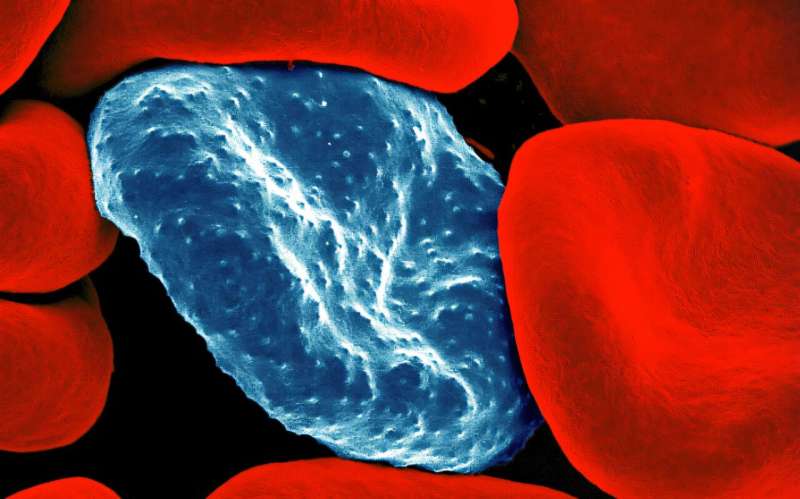Deceptively simple in appearance, the devices facilitate chemical reactions between a drop of blood and molecules embedded into paper layers and rely on sophisticated, but portable, instrumentation to make the diagnosis: a mass spectrometry measurement of the final product—in positive cases, a malaria-specific antigen that triggers the immune system.
“Typically you would take the sample to the lab, but now we are taking the lab to the sample—I’m taking it to Africa, one of the remotest parts of the world, and doing the analysis right there,” said Abraham Badu-Tawiah, lead author of the field study report and professor of chemistry and biochemistry at The Ohio State University.
“The question was, can we have a sensitive tool that can be delivered to people no matter where they are. Statistical analysis showed that our method is 90% accurate, comparable to a PCR test. It’s very good and we can deliver these results to people who need it the most.”

